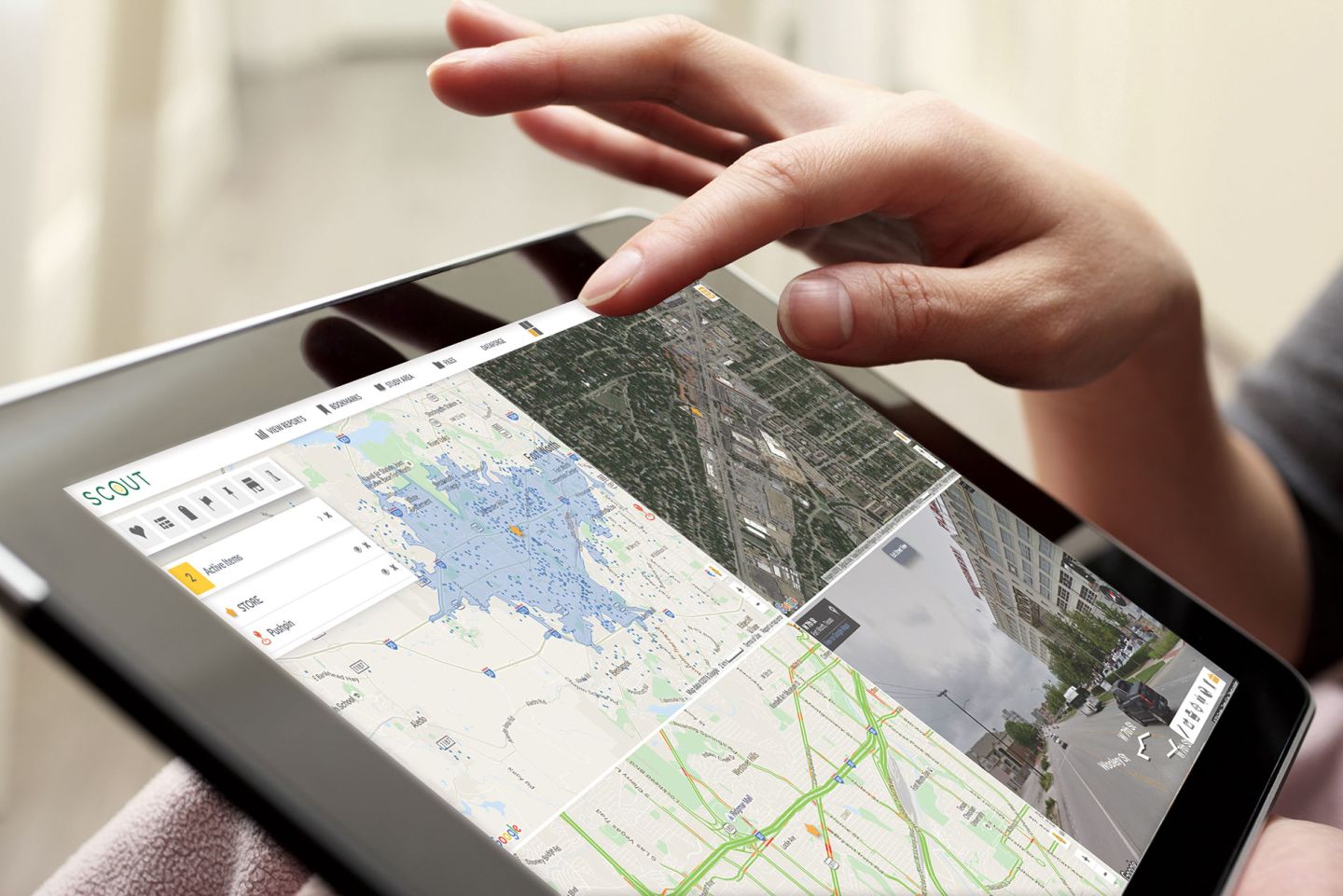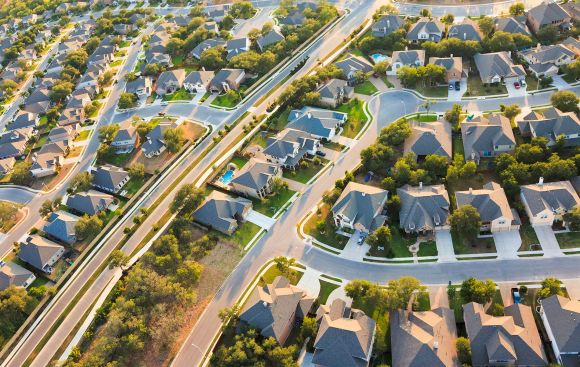Typically, a real estate model is applied to understand whether a potential new site is a good investment or a bad one. It is designed to quantify the sales potential for a given piece of real estate.
However, the value of a great real estate predictive model doesn’t stop there. Here are two ways to get more value out of your real estate analytics.
1. Measure Existing Store Performance
Existing store performance assessments can identify which of your stores are not meeting their potential sales revenue and determine the sales gap between actual performance and the ultimate potential those stores have in terms of dollars.
Learn more about Buxton’s Location Intelligence Software Solutions
Further evaluation of low performing stores can uncover which stores are merely underperforming, and which ones have a low probability for improving store sales due to factors such as:
- Limited core customer base
- Cannibalization
- High competition
Using your real estate model to evaluate store performance can help you guide underperforming stores with untapped potential and reprioritize resources such as management, remodels and marketing from the stores with no upside to the ones that are underperforming.
2. Optimize the Number of Units in Markets
Did you know that a real estate model can be used to evaluate more than just one site? By combining the model with computer algorithms, you identify the optimal layout of stores in a market based on pre-defined performance and cannibalization thresholds. The analysis can be conducted with or without regard to existing store locations (“infill” or “whitespace” potential analysis).
A potential analysis can be conducted on any size geography – whether a single market, region, or even an entire country. It helps you to determine your growth potential and identify which markets to enter next.
Take your real estate model to the next level
These are only two examples of the information that can be derived from your existing predictive real estate models. Learn more about the opportunities to leverage insights with Buxton.


